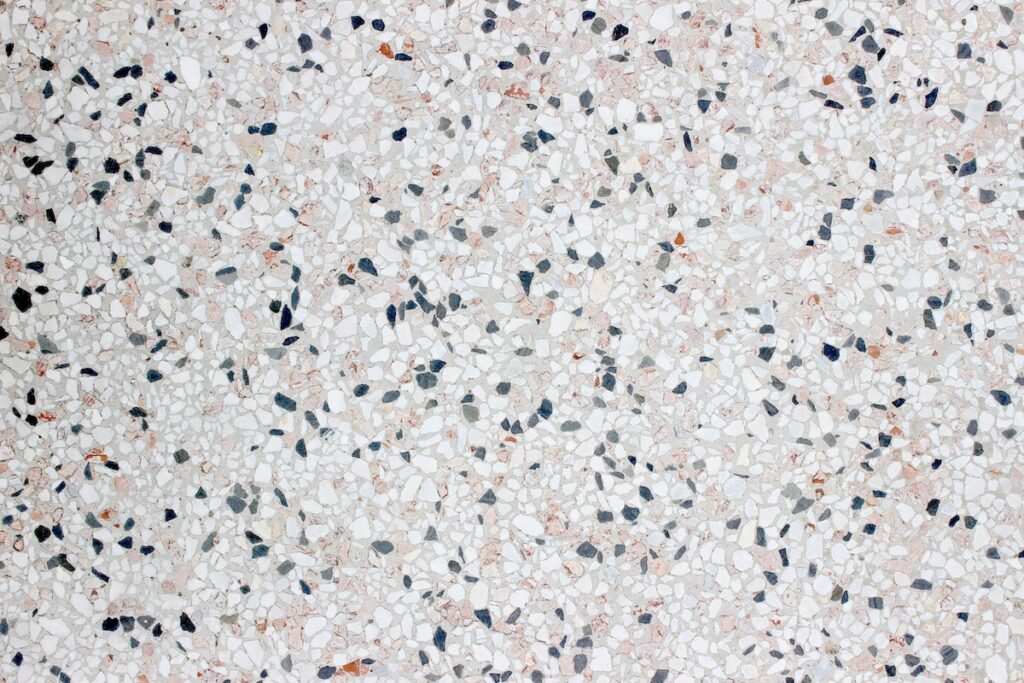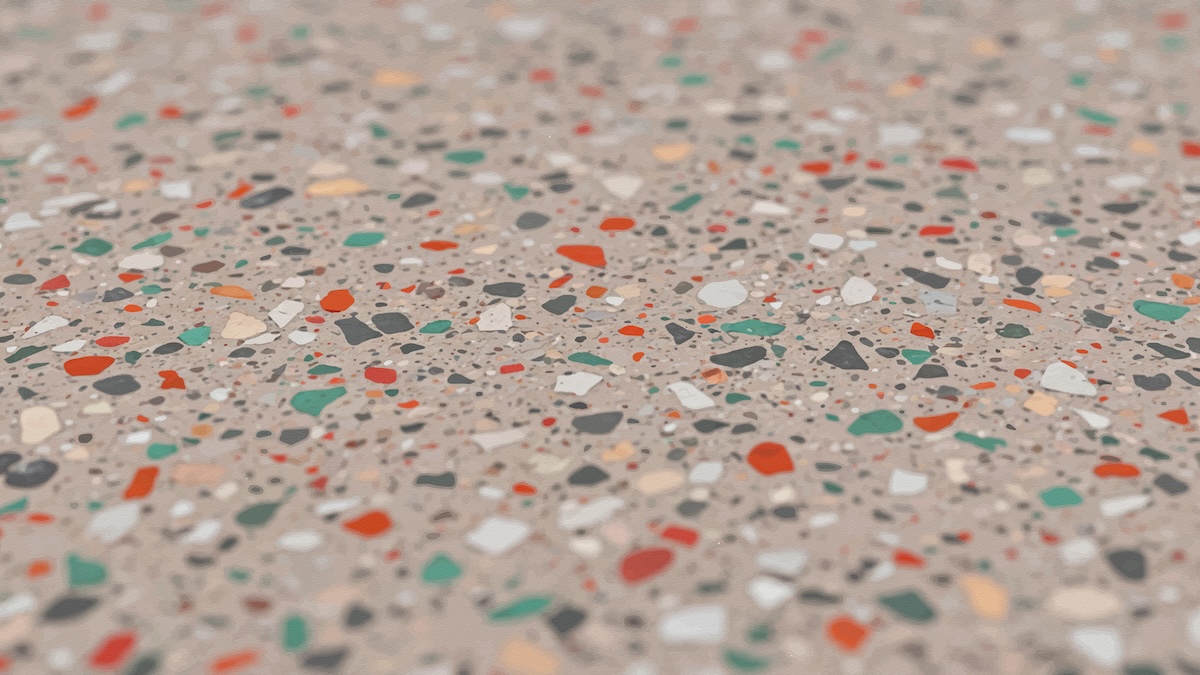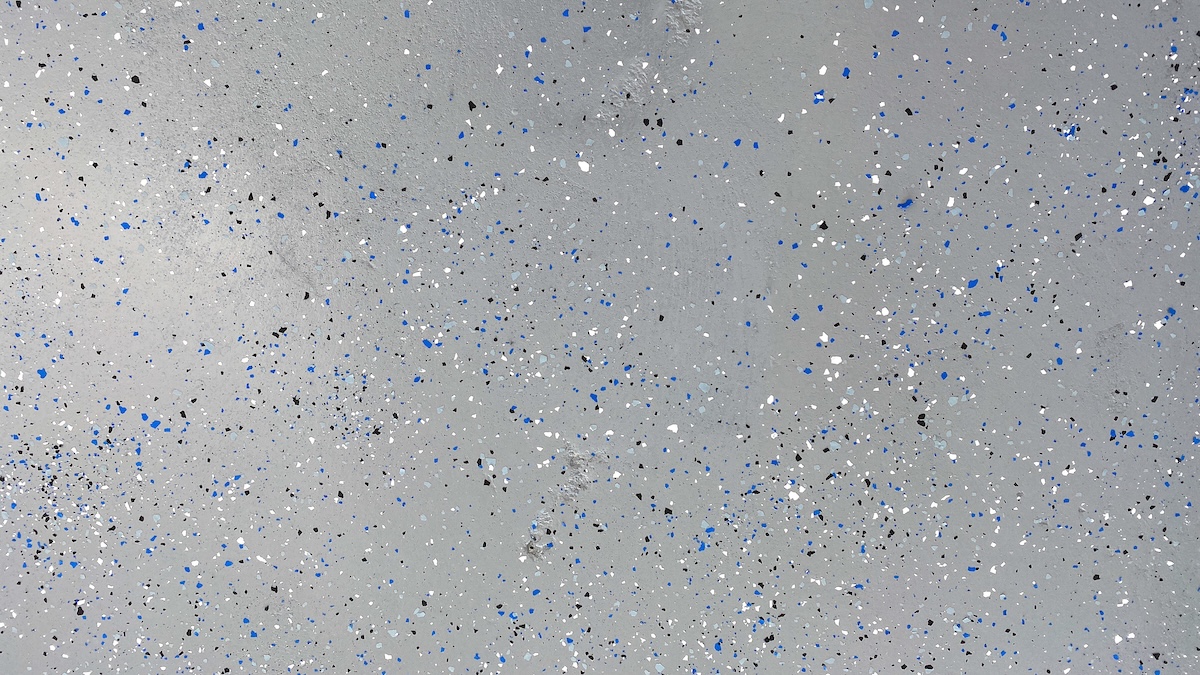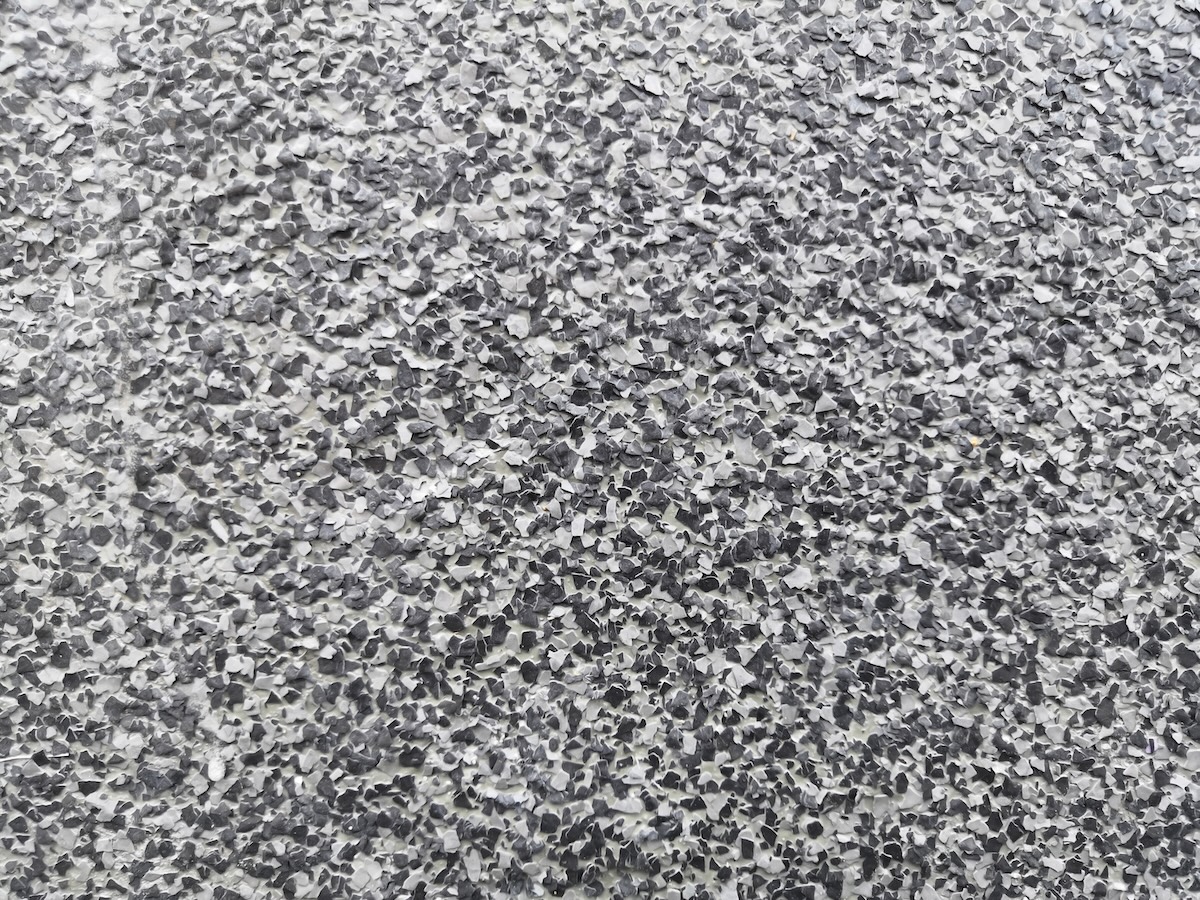
What Is an Epoxy Flake Floor? (Commercial Flooring Guide)
When it comes to designing or renovating a commercial space, flooring is more than just a surface. It sets the tone for the entire property, influencing durability, safety, and how clients perceive your business. One of the most popular options among property owners today is the epoxy flake floor, a system that combines the strength of epoxy with decorative flakes for a polished, slip-resistant finish. For those planning large-scale upgrades, exploring commercial flooring solutions ensures that the installation is handled with long-lasting quality in mind.
Here’s what this guide will cover:
- Why epoxy flake flooring is a leading choice for commercial properties
- The key components and steps of installation
- Common questions and comparisons with other flooring types
- Tips for care, budgeting, and deciding when to call a pro
🏢 Why Epoxy Flake Flooring Is Worth Considering

Epoxy flake flooring is not just about looks—it’s about performance. This system involves broadcasting vinyl chips or flakes into a freshly applied epoxy coating, then sealing it with a durable topcoat. The result is a strong, attractive floor that meets the demands of busy environments like warehouses, showrooms, and retail spaces.
Here’s why it stands out:
- Durability: Epoxy systems resist wear, impacts, and chemical exposure, making them ideal for high-traffic zones.
- Slip Resistance: The textured flake surface improves traction, which helps reduce accidents.
- Visual Appeal: Decorative flakes come in countless color blends to match branding or design themes.
- Low Maintenance: Smooth surfaces are easy to clean and require little upkeep.
- Cost Efficiency: Longer life cycles mean lower long-term replacement costs compared to many alternatives.
🔑 5 Key Components of an Epoxy Flake Floor
To understand why epoxy flake systems work so well, it helps to break down the main components and steps that go into the installation. Each stage ensures the floor not only looks professional but performs for years to come.
1. Surface Preparation
The foundation of any successful epoxy floor is preparation. Concrete must be properly ground or shot-blasted to create a porous surface that allows the epoxy to bond.
- Removes dust, oils, and residues
- Levels uneven areas
- Prevents premature peeling or bubbling
Skipping this step is the most common reason floors fail prematurely.
2. Base Coat Application
Once the surface is ready, the installer applies the epoxy base coat. This coat is usually tinted and acts as both the adhesive and color foundation for the flakes.
- Provides a uniform surface
- Helps lock in flakes during broadcasting
- Determines the background shade of the floor
3. Broadcasting Decorative Flakes
This is where epoxy flake floors get their signature look. Colored vinyl flakes are scattered across the wet epoxy, either lightly for a speckled appearance or heavily for full coverage.
- Available in multiple sizes (from fine to large chips)
- Wide range of colors to complement commercial branding
- Can mimic natural stone or terrazzo aesthetics
4. Scraping and Vacuuming
After the base coat cures, excess flakes are scraped and vacuumed off. This step ensures the surface is smooth enough for the topcoat without sharp or uneven spots.
- Creates consistent texture
- Removes loose materials for better adhesion
- Prepares surface for sealing layer
5. Topcoat Sealing
The final step involves applying a clear topcoat—often polyurethane or polyaspartic—that locks everything in place.
- Protects against scratches, stains, and UV damage
- Gives the floor a glossy or matte finish
- Extends the floor’s life cycle significantly
Together, these layers form a resilient flooring system designed for years of reliable service.
❓ FAQs and Comparisons
Commercial property owners often weigh epoxy flake floors against other flooring options. Below are some of the most frequent questions and how epoxy stacks up.
- How does epoxy flake compare to polished concrete?
Polished concrete is strong but can be slippery and lacks customization. Epoxy flake offers better traction and a wider variety of design options. - Can epoxy flake be used outdoors?
Yes, with UV-stable topcoats. However, it performs best indoors where exposure to sunlight and weather is limited. - Is epoxy flake flooring expensive?
While the upfront cost may be higher than basic concrete sealing, the long lifespan and low maintenance often make it more cost-effective in the long run. - What industries benefit most from epoxy flake floors?
- Retail stores looking for visual appeal
- Auto shops needing chemical resistance
- Warehouses requiring durable, safe surfaces
- Medical or educational facilities valuing hygiene and easy cleaning
- Can damaged areas be repaired?
Yes. Small sections can often be resurfaced without replacing the entire floor, which helps reduce downtime.
🧹 Maintenance and Cost Factors
Even though epoxy flake floors are low-maintenance, commercial properties still need a clear plan for care and budgeting. A well-maintained floor can easily last 10–15 years or longer.
Daily and Weekly Care
- Dust mopping: Keeps debris from scratching the surface.
- Wet mopping: Use neutral cleaners; avoid harsh chemicals that may dull the finish.
- Immediate spill cleanup: Prevents staining and improves safety.
Seasonal Considerations
- Winter: Salt and sand tracked in from parking lots may scratch the topcoat—extra entry mats help.
- Summer: Higher humidity can affect curing if repairs or recoating are needed.
- High-use seasons: Retailers and event centers may schedule deep cleaning ahead of peak foot traffic.
Budgeting Tips
- Upfront Costs: Typically higher than basic sealants but lower than natural stone or tile.
- Lifecycle Value: Long lifespan plus fewer repair cycles offsets initial investment.
- Refinishing: Recoating the top layer every few years can extend service life without a full replacement.
👨🔧 Moving Forward With Confidence
An epoxy flake floor is more than just a durable surface—it’s an investment in the long-term appearance, safety, and efficiency of your commercial property. With customizable looks and outstanding performance, it remains a top choice for business owners who want flooring that works as hard as they do. If you’re ready to explore the best options for your property, don’t wait—contact us today to schedule a consultation and learn how a professional installation can transform your space.


